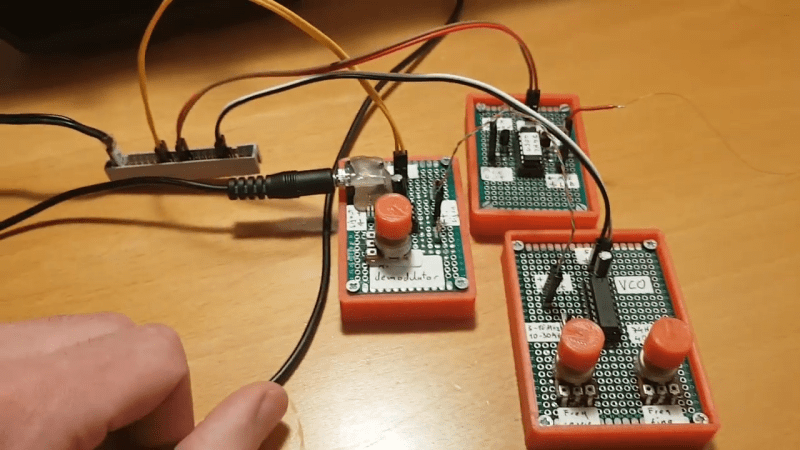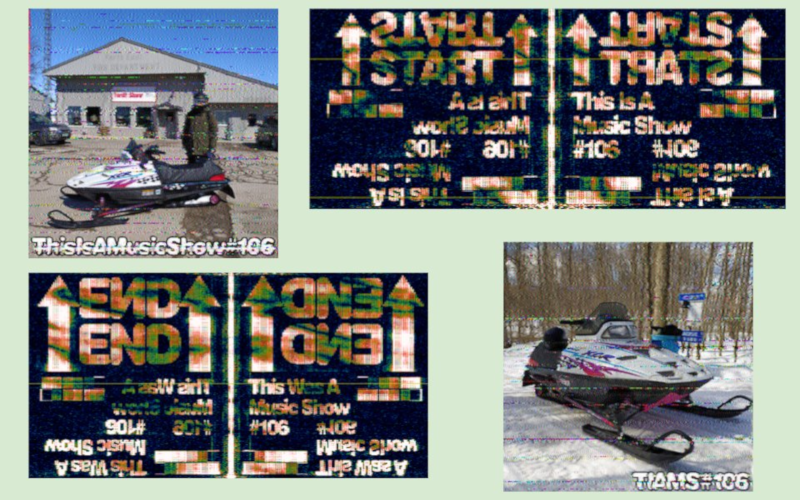If you are a radio enthusiast of A Certain Age, you may well go misty-eyed from time to time with memories of shortwave listening in decades past. Countries across the world operated their own propaganda radio stations, and you could hear Radio Moscow’s take on world events, the BBC World Service responding, and Radio Tirana proudly announcing that every Albanian village now had a telephone. Many of those shortwave broadcast stations are now long gone, but if you imagine the HF spectrum is dead, think again. An unexpected find in an industrial park near Chicago led to an interesting look …read more
Continue reading HFT On HF, You Can’t Beat It For Latency→

